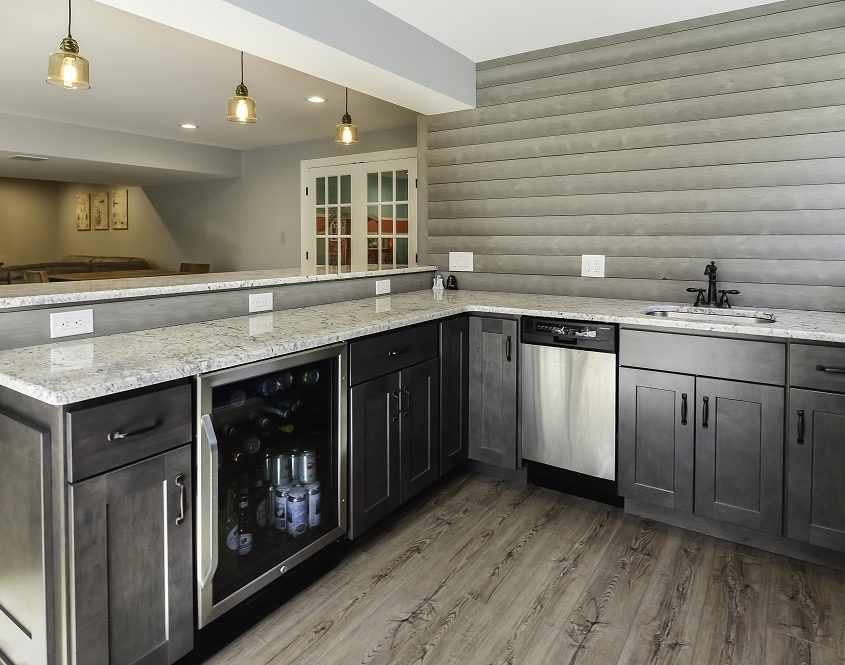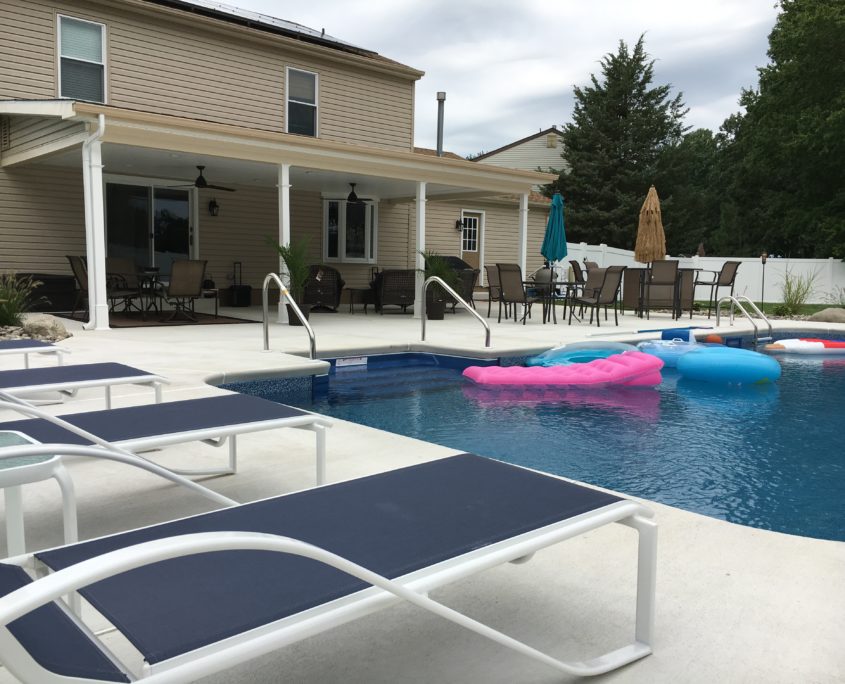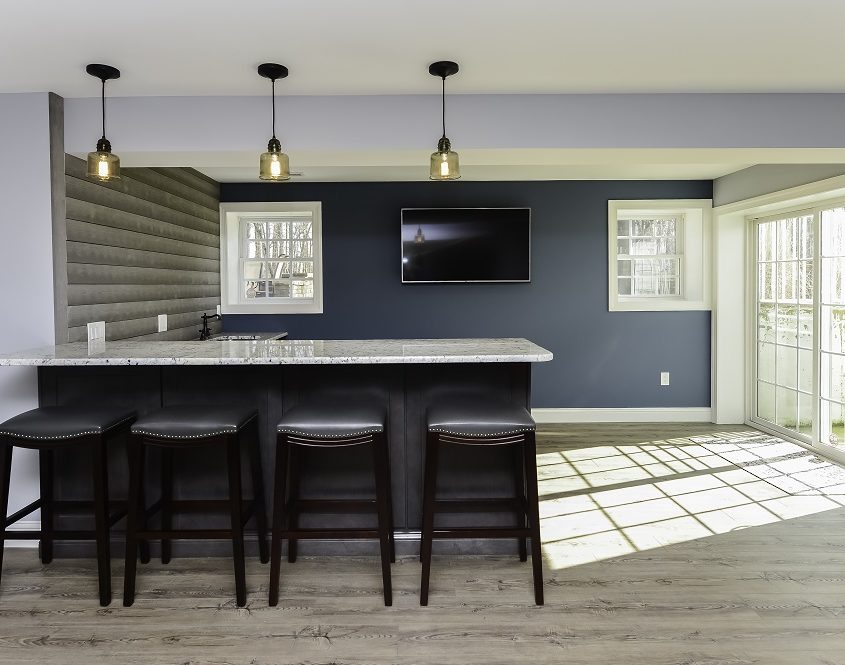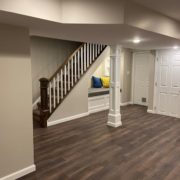Designing a Winning At-Home Sports Bar
You’re ready for some football, but is your home? Win big with your guests on game day with an optimized entertainment space. Creating an at-home sports bar, either as a patio feature or as part of an indoor man cave, is a great way to enjoy time at home and save money on Sundays. Before beginning, however, it pays to have a game plan.
Indoor or outdoor?
In late summer and into early autumn, you can use an outdoor bar to replicate a bonafide tailgating experience. The elements are always in play in New Jersey, so ensure the bar is covered with a canopy, extended ceiling, roof overhang, or awning. Televisions or monitors should either be of the outdoor variety or shielded with an outdoor covering. Lighting should amply illuminate the primary task areas of the bar (preparation, serving, and clean-up) and assist with navigation as the days grow shorter. A firepit or space heater might be incorporated into the patio to help stave off the chill at nightfall.
For year-round versatility, consider converting an unfinished basement into a finished basement bar area. The availability of water and electrical lines should be the first consideration when designing a finished basement — altering or adding plumbing or wiring can be costly, so try to work with what you have if you can. Make fellow fans feel at home while providing the best view of the action with comfortable open seating arrangements. Well-positioned speakers and surround sound work wonderfully in basements – in part due to their natural sound-dampening characteristics. Still, soundproofed materials might be a good idea if not everyone in your house is as into the game as you are.
Dry bar or wet bar?
The difference between a dry bar and a wet bar is the availability of running water. If your bar is going to be easily accessible from or attached to a kitchen, a sink may not be necessary. An integrated refrigeration cabinet or closet allows you to store a wider variety of perishable ingredients, as well as stow beers for quick handoffs rather than long jaunts to the nearest refrigerator. For barkeepers who want to go the distance, leaving room for a home draft beer system such as a kegerator might be a wise move.
What materials will I be using?
For the bar’s framing and structure, construction lumber, oriented strand board sheeting, and plywood provide sturdiness and integrity. Treated lumber or composite materials are advised for outdoor bars to resist moisture and weathering. For aesthetics, trim your bar with hardwood fascia. Countertop workspaces should be resilient and easy to clean — granite, marble, tile, and laminated hardwood or plywood are popular examples.
The best seats in the house
Your bar stools need to:
- Complement the decor and be comfortable to sit in for hours at a time
- Be positioned to the correct height (28 to 33 inches from the floor, with 9 to 12 inches left for leg space under the counter)
- Offer clear sightlines to the action — do not place behind obstructions and keep level with the monitor or screen. If the TV is not behind the bar, swiveling bar stools are a must.
Take time to incorporate these design tips into your at-home sports bar plans and you’ll be sure to ring up the score with visitors. And remember, Ayars Complete Home Improvements is always game to help out with your next patio or finished basement project!







